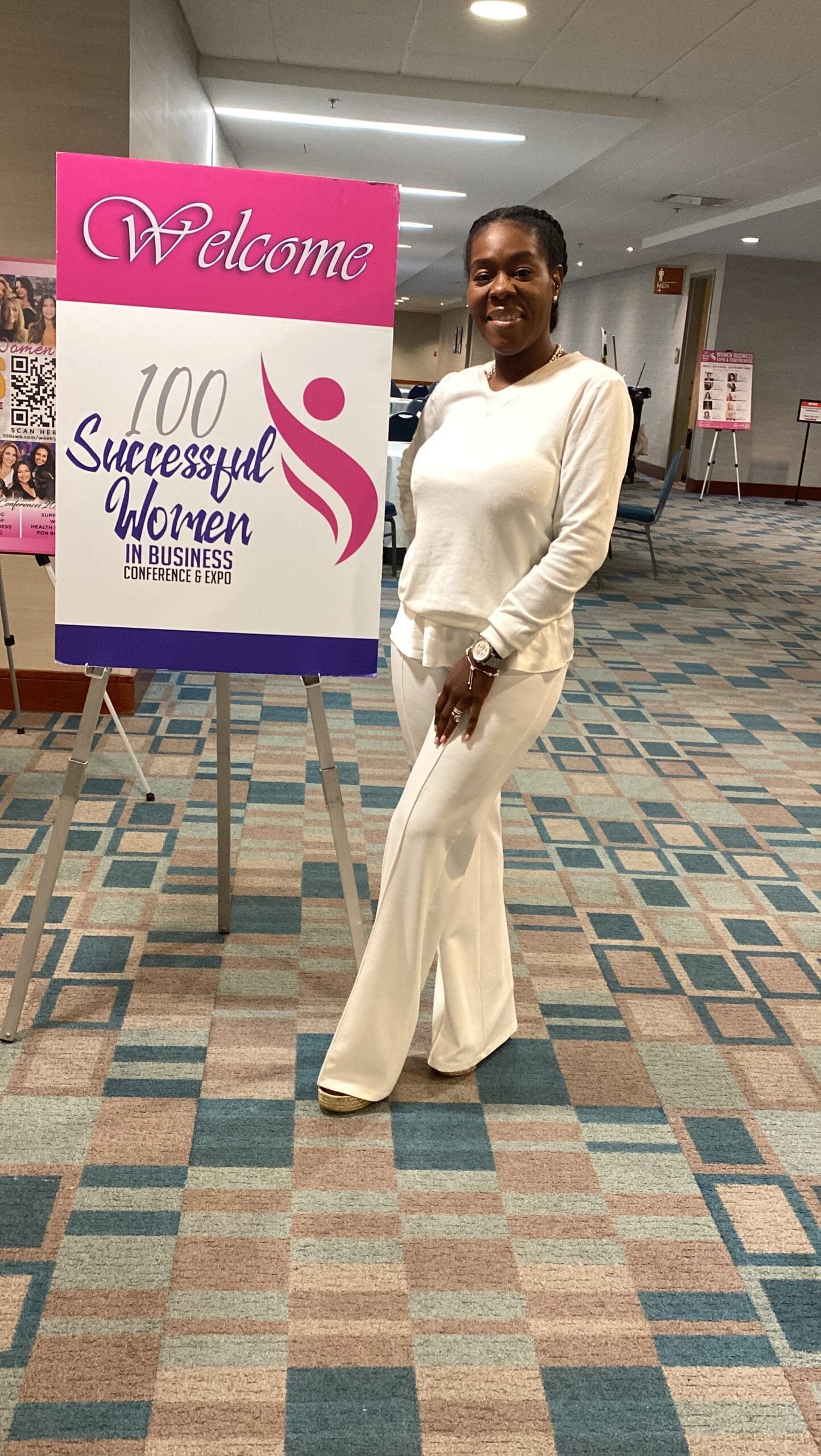- HOMEPAGE
- MY STORY
- OUR SERVICES
- HIRE JESSICA TO SPEAKER
- OUR EVENTS
- FREE GUIDE
- CONTACT US
- BLOG
- Mindset & Self-Worth
- BREAKING FREE LIMITING BELIEFS
- HEALING SUPPORT: LET GO OF THE PAST
- PURPOSE ALIGNMENT: CREATE A MEANINGFUL AND FULFILLING LIFE
- SELF-LOVE UNVIELED: A JOURNEY THROUGH PHILOSOPHY, PSYCHOLOGY, AND PERSONAL GROWTH
- The Truth About Women’s Resolutions
- Mirror Talk: A 5-Minute Daily Ritual to Boost Self-Compassion
- Whose Glasses Are You Wearing?
- From Default Mode to Design Mode: Re-Wiring Your Habit Brain in Just 21 Minutes a Day
- Embracing Self-Worth: A Message to Women in Leadership
- Are You a Big Tree in a Small Pot?
- A Simple Choice for a Better Day
- Live on Purpose: A Simple System to Align Your Days with What Matters
- Mindset & Self-Worth
- The 50/30/20 Myth & the 5-Bucket System That Actually Fits Real Life
SELF LIBERATION: BREAKING FREE LIMITING BELIEFS
Unshackling Your Mind: How to Identify and Overcome Beliefs Holding You Back from Your True Potential
The Weight of Limiting Beliefs
Limiting beliefs are invisible chains that hold us back from reaching our full potential. Whether ingrained by societal norms, cultural expectations, or personal experiences, these mental barriers can prevent us from pursuing our goals and realizing our dreams. But what if you could break free? This journey of self-liberation begins with awareness and leads to a life of empowerment.
This blog delves into the history of limiting beliefs, insights from experts, scientific studies, and actionable steps to free yourself from these mental constraints.
The Origins of Limiting Beliefs
The concept of limiting beliefs is deeply rooted in human psychology and social conditioning. From an early age, we are shaped by our environment—parents, teachers, peers, and media. According to Dr. Carol Dweck, the author of Mindset: The New Psychology of Success, early experiences can instill a fixed mindset, leading us to believe our abilities are static.
Historically, limiting beliefs have often been perpetuated by societal norms. For example, during the 19th and early 20th centuries, women were often told they were unsuited for leadership roles or advanced education. These narratives created psychological barriers that many had to work tirelessly to dismantle. Today, while overt societal constraints have diminished, internalized beliefs continue to act as barriers.
Science Behind Limiting Beliefs
Understanding the Default Mode Network (DMN) and Beliefs
The brain’s default mode network (DMN) is involved in self-referential thinking and maintaining core beliefs. While it’s tempting to link limiting beliefs exclusively to this network, the research reveals a broader picture:
Core Values and Protected Beliefs: The DMN is activated when individuals engage with their core values and protected beliefs. For example, a study in Cerebral Cortex found that the DMN lights up when people read stories involving values they hold dear.
Limiting Beliefs and DMN: Limiting beliefs, while part of our internal narrative, are not uniquely tied to the DMN. Instead, they are part of a complex interplay between the DMN and other cognitive systems, including those that process counterevidence and change.
This insight helps us understand that beliefs—whether empowering or limiting—are deeply rooted but not unchangeable.
Cognitive-behavioral therapy (CBT) highlights how identifying and challenging these thoughts can rewire the brain. Dr. Aaron Beck, the pioneer of CBT, emphasized that cognitive distortions—such as overgeneralization or catastrophizing—are at the core of limiting beliefs. Through deliberate practice, individuals can replace these distortions with empowering beliefs.
Breaking Free: Steps Toward Self-Liberation
Identify Your Limiting Beliefs
Reflect on areas where you feel stuck. Ask yourself: “What stories am I telling myself about why I can’t achieve this?”Challenge the Narrative
Use evidence to disprove limiting beliefs. For example, if you believe, “I’m not smart enough,” recall instances where you successfully learned something new or solved a challenging problem.Reframe with Affirmations
Replace limiting beliefs with positive affirmations. Statements like “I am capable of learning and growing” help create new neural pathways, reinforcing a growth mindset.Take Action Despite Fear
Growth often involves stepping outside your comfort zone. Start with small, manageable steps that build confidence. As Dr. Susan Jeffers writes in her book Feel the Fear and Do It Anyway, taking action diminishes fear’s power over time.Surround Yourself with Positivity
Jim Rohn famously said, “You are the average of the five people you spend the most time with.” Seek out communities, mentors, and friends who challenge and uplift you.
Inspiration from Thought Leaders
Oprah Winfrey, who overcame a difficult childhood, often speaks about rewriting her narrative. She once said, “You become what you believe.” Her story illustrates the power of mindset in transcending limiting beliefs.
In Atomic Habits, James Clear discusses how small changes in identity-based habits can dismantle long-held beliefs, showing that change is possible through consistent action.
Ready to take the first step? Download Our Free Guide Tools for practical tips and resources to support your journey. Together, let’s create a future full of health, happiness, and self-love.
SUBSCRIBE TO OUR BLOG

